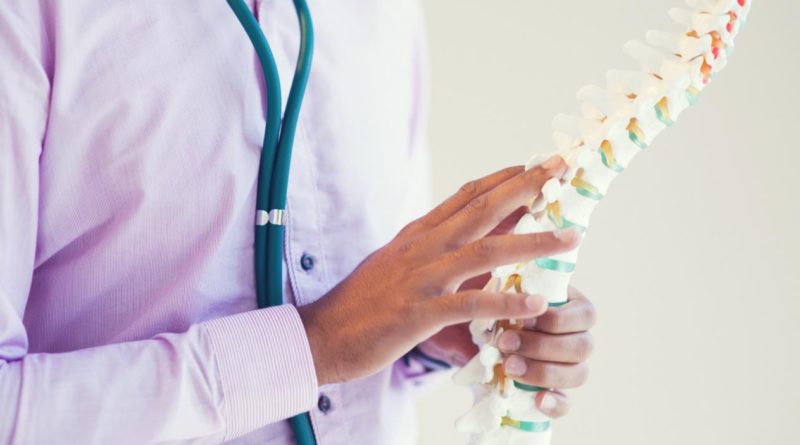
Failed Back Surgery Syndrome
Failed Back Surgery Syndrome (FBSS) refers to a subset of patients who have new or persistent pain after spinal surgery for back or leg pain. The pain can be reduced but still present, or may get worse within a few months after surgery due to a buildup of scar tissue around spinal nerve roots, along with persistent tissue pain and muscle spasm. The term refers to a condition of continuing pain and is not meant to imply there was necessarily a problem during surgery. While published reports estimate the incidence of failed back surgery syndrome to be between 20 – 40%, the likelihood is considered greater with repeated surgery, and the condition will be more prevalent in regions where spinal surgery is more common.
Failed back surgery syndrome (also called FBSS, or failed back syndrome) is a misnomer, as it is not actually a syndrome – it is a very generalized term that is often used to describe the condition of patients who have not had a successful result with back surgery or spine surgery and have experienced continued pain after surgery. There is no equivalent term for failed back surgery syndrome in any other type of surgery (e.g. there is no failed cardiac surgery syndrome, failed knee surgery syndrome, etc.).
There are many reasons that a back surgery may or may not work, and even with the best surgeon and for the best indications, spine surgery is no more than 95% predictive of a successful result.
Reasons for Failed Back Surgery and Pain after Surgery
Spine surgery is basically able to accomplish only two things:
- Decompress a nerve root that is pinched, or
- Stabilize a painful joint.
Unfortunately, back surgery or spine surgery cannot literally cut out a patient’s pain. It is only able to change anatomy, and an anatomical lesion (injury) that is a probable cause of back pain must be identified prior to rather than after back surgery or spine surgery.
At Alimran Medical Center, we may recommend any of the following treatments
Regenerative medicine treatment (Prolotherapy)
Neurons stimulation
Repetitive Transcranial Magnetic Stimulation, rTMS
Transcranial direct current stimulation (tDCS)
Steroid injection
- Trigger point injections
- Epidural steroid injections
- Electrical stimulation
- Short and long wave
- Laser therapy
- Ultrasonic therapy
- Magnatic therapy
- Exercises
Chiropractic
